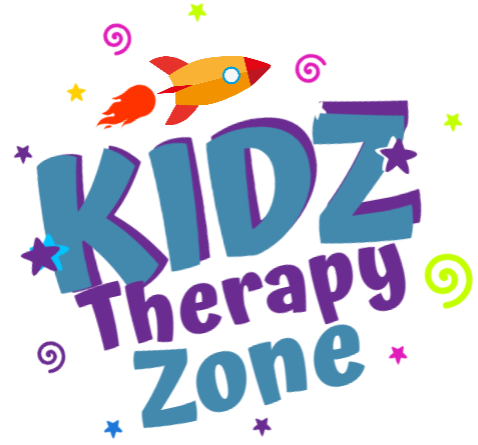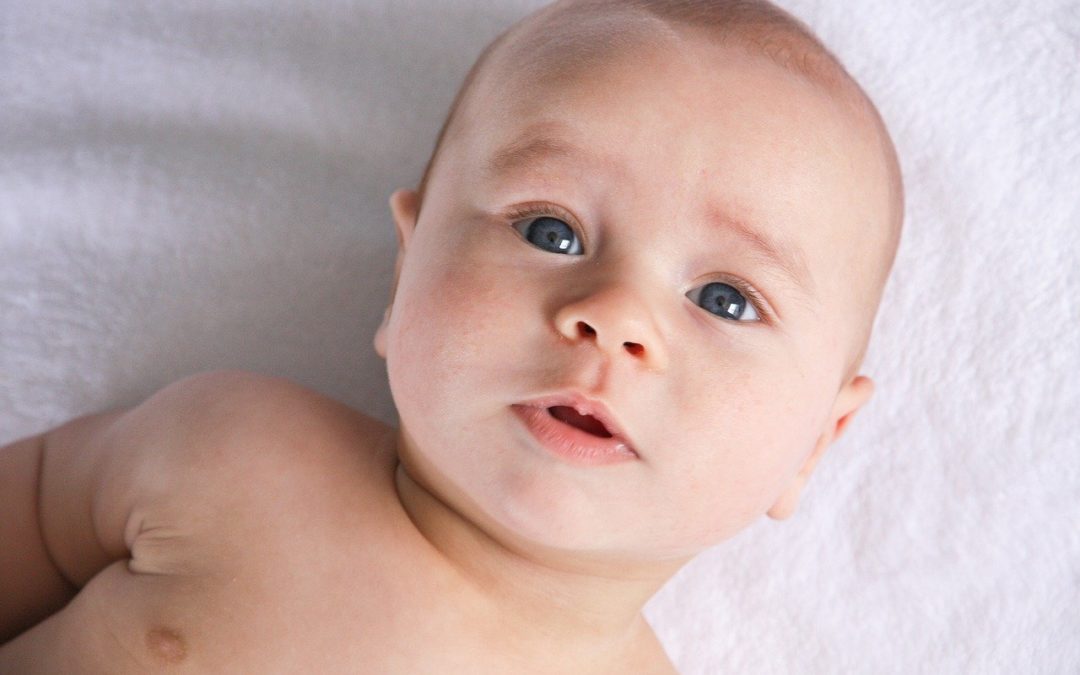Early detection is key – According to the APTA (American Physical Therapy Association) Clinical Practice Guidelines, the later a child is referred for torticollis, the longer their treatment period will be.
Referred at < 1 month = 1.5 months of therapy
Referred at 1-3 months = 5.9 months of therapy
Referred at 3-6 months = 7.2 months of therapy
Referred at 6-12 months = 8.9 months of therapy
APTA CPG Action Statement #3:
“Physicians, nurse midwives, obstetrical nurses, nurse practitioners, lactation specialists, PTs, or any clinician or family member should refer infants identified as having postural preference, reduced cervical ROM, SCM masses, and/or craniofacial asymmetry to their primary physician and a PT with expertise in infants as soon as the asymmetry is noted.”
**It is never too early to refer a child for a postural preference and/or torticollis concern!!**
Evidence has found that when interventions are started earlier, it takes less time to resolve any range of motion restriction, there are greater reductions in SCM thickness, and there is significantly less of a chance that surgical intervention will be required. We have evaluated and treated infants as young as 1 month old for torticollis. It is much easier to treat an infant with torticollis because they are not as mobile and will not resist stretching and movement as much as an older child.
At Kidz Therapy Zone, we have developed a comprehensive protocol to systematically treat infants with torticollis. First, we focus on gaining back range of motion of the cervical, trunk, and hip musculature that has been lost. We do this through static and dynamic stretching that is demonstrated during our sessions and then given to parents as a home exercise program to be performed throughout the week. Next, we work to regain strength on the opposite side of the torticollis – the side that has been overly stretched out. We do this through promoting righting reactions, age-appropriate gross motor skills, and intentional positioning during play. Finally, we ensure that the baby is meeting all motor milestones symmetrically and on time. Education is a huge component of our program – during each session, the therapist demonstrates the stretches and exercises that need to be performed and then the parent is given the opportunity to perform the stretches and exercises.
With this program, our children are seeing full return of passive range of motion within the month of their first treatment session. Full return of active range of motion has been gained within the first 2 months of treatment. We pride ourselves on the efficient and complete whole-body treatment of torticollis. We want parents to feel empowered and confident leaving our office that they know exactly what needs to be done that week with their child.
If a helmet is indicated based on a diagnosis of plagiocephaly or brachycephaly, we have a partnership with Lawall at Hershey. An orthotist from Lawall at Hershey comes to our office at Kidz Therapy Zone every Friday. She is able to measure for a helmet and submit this information to insurance companies for approval. She is then available for remeasurement and any fit issues to families every Friday.
Signs and Symptoms of Torticollis
- Does your baby prefer to turn their head to one side over the other?
- When looking at pictures of your baby, does their head seem tilted to one side?
- Does your child’s trunk side bend or crunch on one side?
- Does the back or side of your baby’s head seem flattened?
- Does your baby prefer to nurse on one side over the other? Or is there a particular position that they will only take a bottle?
What is Torticollis?
Torticollis is an abnormal position of the head and neck and is common in infants. It is characterized by a head tilt to one side and rotation towards the opposite side. This is usually caused by tightness of a specific muscle in the neck, called the Sternocleidomastoid. It can result in tightness of the entire side of the body and result in difficulties with symmetrical gross motor skills such as rolling, sitting, crawling, and walking if not addressed.
Your child has LEFT torticollis. This means that their LEFT sternocleidomastoid muscle is tight. This results in their head tilting to the LEFT – think that their left ear is moving towards touching their left shoulder. This also results in their head rotating to the RIGHT – so it looks like they only look or prefer looking to the RIGHT.
What causes Torticollis?
Torticollis can be acquired, congenital, or positional. Often, positioning in the uterus is a major contributor to torticollis developing. Prolonged time spent in containers can contribute to the development of torticollis. Reflux can also bring on torticollis.
What are the Signs of Torticollis?
- Baby will turn head to only one side
- Baby will tilt their head to one side with one ear closer to the shoulder
- Baby’s head may be misshaped
- Behavior: Fussy when changing position, feeding, or when placed in tummy time.
How is Torticollis Treated?
Physical Therapy can and does help with torticollis! Initially, emphasis will be placed on stretching to help the head move equally in all directions. Then, the focus will be on strengthening the muscles that are tight – a tight muscle is a weak muscle! Finally, we will help make sure your child is performing all age-appropriate gross motor skills symmetrically such as rolling, sitting, side sitting, quadruped (all fours), crawling, pulling to stand, cruising, and walking.
We will provide you a handout with stretches and/or strengthening exercises to be completed during the week at home. It is extremely important that you perform these exercises!! You will only be spending 30-45 minutes at PT sessions a week; the time you spend with your baby will be their best bet at correcting their torticollis. Do not stress though, we will walk you through each activity and you will be confident prior to leaving the office each visit.

